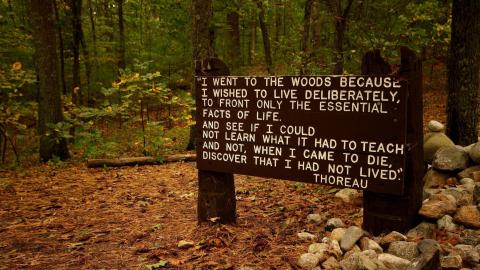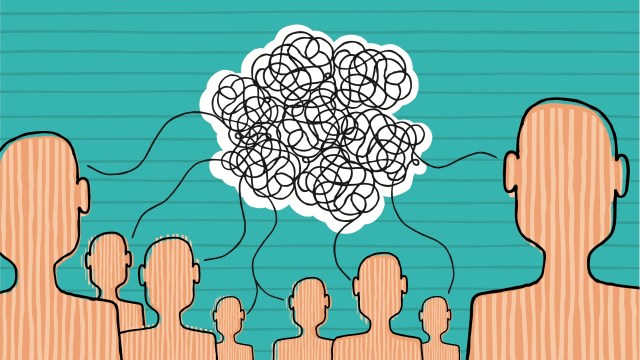I Went to the Woods to Become a Creative Problem Solver…

‘In Their Own Words’ is recorded in Big Think’s studio.
I think that we’re starting to understand creativity but it’s a really, really hard thing to study because there are many different types of creativity. There are many manifestations of creativity. It’s not like an overarching entity.
You are or you are not creative. You can be creative in different ways and there are different ways of having creative insights. So psychologists are a little bit limited in that they have to study things in a laboratory and so they have to have an artificial paradigm.
And so they try to figure out, “How can I approximate creativity?” So that’s why you get a lot of these studies that looked at the eureka moment, the ‘a-ha!’ moment where you’re able to put things together in a new way. That’s one way that you can study creativity and we’re learning a lot about that. We’re learning how people can become better at that, but once again that’s a very, very specific type of creative thinking and being good at those eureka problems is not the same thing as being more creative overall.
What we do know is that, for whatever reason, being in nature helps people become better at problem solving. So being surrounded by trees, by water, those types of things, for whatever reason makes people better able to think of imaginative solutions so it’s not just eureka moments it’s also — you become better at brainstorming, the quality of your brainstorm ideas becomes deeper.
It’s a field that’s getting more and more attention. I think people would really love to know how to become more creative. And the good news is that you can become more creative and I think that everyone has a certain degree of creativity in them.
In Their Own Words is recorded in Big Think’s studio.
Image courtesy of Shutterstock




